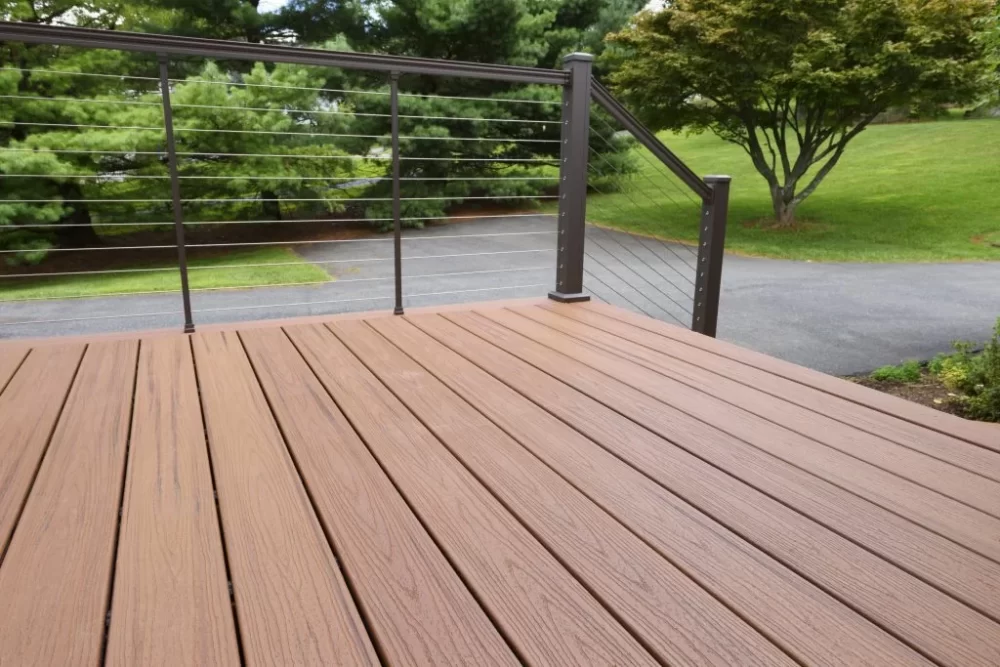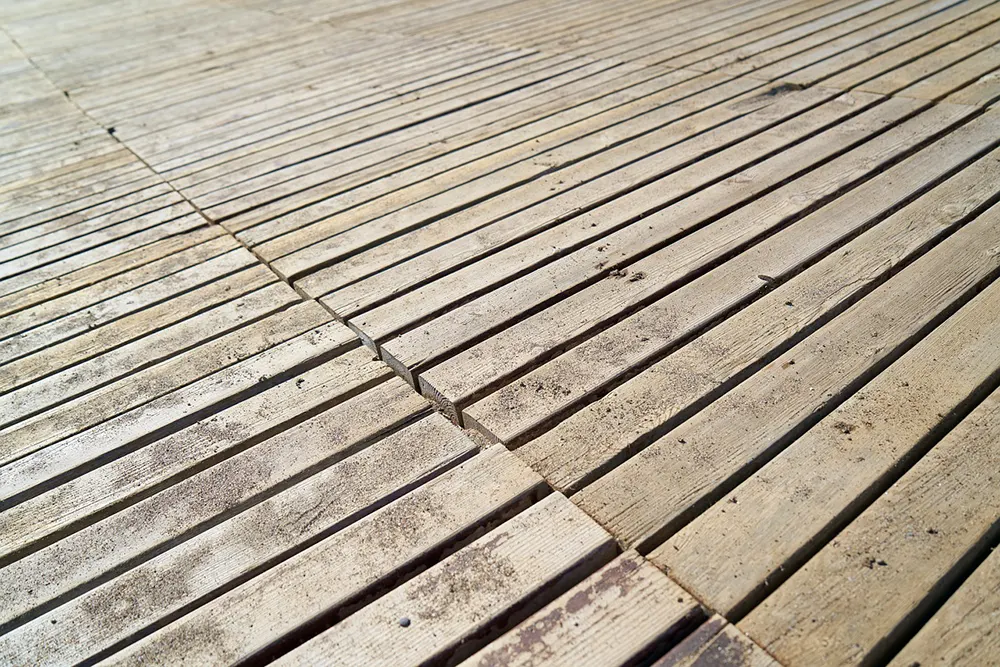Priming and Protecting, Varnish and Wood Oils
Timber Decking Maintenance: Our Guide to Oiling Your Decking
Your outdoor deck is an asset that adds visual appeal to your home while providing a comfortable space for relaxation or entertainment.
However, like any other wooden structure, it requires regular maintenance to keep it in top shape. One crucial aspect of this maintenance is oiling your deck. This task not only improves the deck’s aesthetics but also protects it from weather elements and enhances its longevity.
In this guide, we’ll take you through the step-by-step process of oiling your deck, including signs it needs oiling, the right oils to use, and the best techniques to get the job done efficiently.
Understanding the Need for Deck Oiling
Deck oiling is an essential part of deck maintenance. But how can you tell when your deck needs oiling? Here are some tell-tale signs:
- Fading colour: Over time, your deck’s colour may start to fade due to exposure to sunlight and weather elements. If you notice significant colour fading, it’s time to oil your deck.
- Gray spots: These are usually a sign of prolonged exposure to moisture and sun, indicating a need for oiling.
- Cracks or splinters: These can be signs of dry and aging wood. Oiling can help restore the wood’s moisture and prevent further cracking.
- Moss, mould, or algae growth: These can grow on your deck during wet seasons and can make the surface slippery and unsafe. Cleaning and oiling your deck can help prevent these growths.
- General wear and tear: Over time, your deck may show signs of wear and tear such as scratches or stains. Regular oiling can help maintain its appearance and prolong its lifespan.
Applying a fresh coat of oil not only makes your deck look more appealing, but it also strengthens the wood and prevents further damage, ensuring that you can enjoy your outdoor space for years to come.
The Deck Oiling Process: A Step-by-Step Guide
1. Clean Your Deck
Start by cleaning your deck thoroughly. Sweep away leaves, dirt, and other debris, then perform a deeper cleaning to eliminate algae, mould, or moss that may have grown during wet seasons. A recommended cleaner is the Barrettine Super Concentrated Decking Cleaner, which is safe for various outdoor surfaces and plant-friendly when diluted.

2. Allow the Deck to Dry
After cleaning, allow the deck to dry for at least 24 hours. This ensures the wood is ready to absorb the oil effectively. Ideally, the wood’s moisture content should not exceed 17%.
3. Sand the Deck
If you observe splinters, cracks, or rough spots on your deck, sand them down using a 120-grit sandpaper. This step ensures a smooth, clean surface for oil application.
4. Select a Suitable Wood Oil
Not all wood oils are the same. Choose a safe and environmentally friendly oil, such as our own Carbodeck UV Complete Colours Decking Oil. This oil is deep penetrating and contains unique UV absorbers to protect the material from harmful sun says. You can also choose your own colour or use our fantastic colour matching service
5. Test the Oil
Before applying the oil, it’s advisable to do a test patch, especially if you’re not sure about the colour you want.
6. Apply the Oil
When applying the oil, do it in dry weather and avoid direct sunlight or high temperatures. Follow these steps:
- Stir the oil before using it.
- Apply an even and thin coat using an applicator, brush, or roller. Treat the end grain wood first.
- After a few minutes, wipe off excess oil with clean cotton cloths.
- If the wood still looks dry, repeat the steps.
7. Wait for the Oil to Dry
Once you’ve applied the oil, let it dry for at least 48 hours. During this time, avoid exposing the wood to water or rain.
8. Regular Maintenance
For optimal results, re-oil your deck every 12-24 months depending on its usage and exposure to weather elements. The good news is, for subsequent applications, you won’t need to sand the deck. You just need to clean it and apply the oil.
Quick Tips for Effective Deck Oiling
Here are some tips to make your deck oiling process fast and efficient:
- Use a pole-and-pad decking applicator for a quicker and easier application.
- Choose a fast-drying oil if you’re pressed for time. Water-based oils often dry faster than oil-based options.
- Always allow the oil to dry before applying another coat. The recoat time is usually less than the total drying time.
- Always clean your deck thoroughly before oiling. This removes dirt and grime that can interfere with oil absorption.
- Even if your deck is made of hardwood, it still needs oiling. Hardwood can absorb and release moisture, leading to splitting and cracking if not treated.
Deck oiling is a simple yet effective way to maintain your outdoor deck. By following these steps and tips, you can ensure that your deck stays beautiful and durable for many seasons to come. Start your deck maintenance journey today with our Carbodeck UV Complete Colours
Contacting us is easy!
Email: [email protected]
Call Us: 01942 884 122
Contact form: https://www.palatinepaints.co.uk/contact-us
Live Chat Service: Press the small blue icon at the bottom left of your screen.

